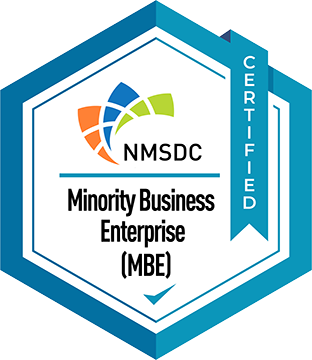Chances are, you’ve encountered at least a few examples of poorly-translated websites, signs, or product labels here and there. The localization industry is replete with stories about translation projects gone wrong; with results ranging from offensive to hilarious.

You want to ensure that the translations for your globalizing project or company are as accurate and professional as possible. But with all the competing providers and methodologies out there, how do you know which one is best for you?
Each translation company (or more properly named LSP: Language Services Provider) will have its own way of doing things. For longer-term work especially, you must feel out and continually re-assess the relationship with your provider as it evolves.
Three key features of a high-quality LSP as:
- human involvement
- linguistic expertise
- and a rigorous workflow.
Don’t be afraid to ask an LSP you might work with how they handle each of these in their work.
Human Involvement
The most important distinction between a translation company and software or web tools is the presence of human beings. While great strides have recently been made in machine translation, any lengthy text shows that it’s still far from perfect. Note that LSPs often rely on external native speakers for the bulk of the actual translation work—which costs money. A company whose prices seem too good to be true may be cutting corners (and costs) by using machine translation. The premium you pay on human involvement enables you to avoid the mishaps and embarrassments of unauthenticated, automated translations.
While the initial quoting process may be impersonal, once you are working with an LSP, meet their employees. Besides being the friendly thing to do, building the relationship adds benefits to the translation process.
The project manager(s) assigned to your company will learn your translation needs inside and out; so they can communicate these to translators. Over time, they will anticipate translation issues that might specifically arise for your projects and work to counter them. And while LSPs benefit from having numerous PMs or other staff dedicated to clients; the more important characteristic is flexibility. Successful PMs adapt to changing requirements and unexpected circumstances, aided by your willingness to communicate with them.
Linguistic Expertise
Obviously, it is beneficial to have multilingual translation vendors and LSP staffers, coupled with solid criteria for native-level fluency. But the discipline of linguistics goes far beyond merely comparing the vocabulary and structure of different languages. Having people with training in this field is another marker of high-quality LSPs with a range of benefits.
Trained linguists take advantage of and more effectively solve computer-aided translation (CAT) tools; which they are used widely in the industry. They can catch ambiguities in your source texts, or point out marketing concepts that will not easily cross language boundaries. While doing mechanical proofreading, even those who don’t speak the target language can use linguistic training to identify errors. A well-founded and experienced translation company will have at least a few proper linguists in its current translators’ network to work on your projects.
Rigorous Workflow
Any company in a field that makes use of project management ought to have a strong workflow in place; and the necessary tools to control and manage it. Remember that translation is never as simple as moving words from one language to another with a bit of rearrangement.
A rigorous LSP will analyze your text before even starting, addressing any issues and putting it into a translation-friendly format. Translation should always be followed by at least one editing step; if not more (especially for complex projects). Documents are then mechanically proofread before being returned to the client; with a publishing review of the layout if needed.
The workflow can be slightly malleable depending on the project, but these are the minimal steps necessary for best results.
If you have wildly different types of content that need translation; ask your prospective translation company how they would handle each type. You want a provider whose process is based on a solid foundation, but with project-specific additions tailored to your needs on top.
Project managers often point out that you can save time, save money, or get quality, but not all three. In the case of translation companies, quality is what should always reign supreme.
The translations you put forward show your level of commitment to the global audience you’re courting. With the expertise of a professional, dedicated LSP, you will present a face more refined than anything possible with automated tools.
The inherent value in following translation’s many steps is that the results separate and elevate you into a serious global player.
Do you need a translation company? Contact our team







